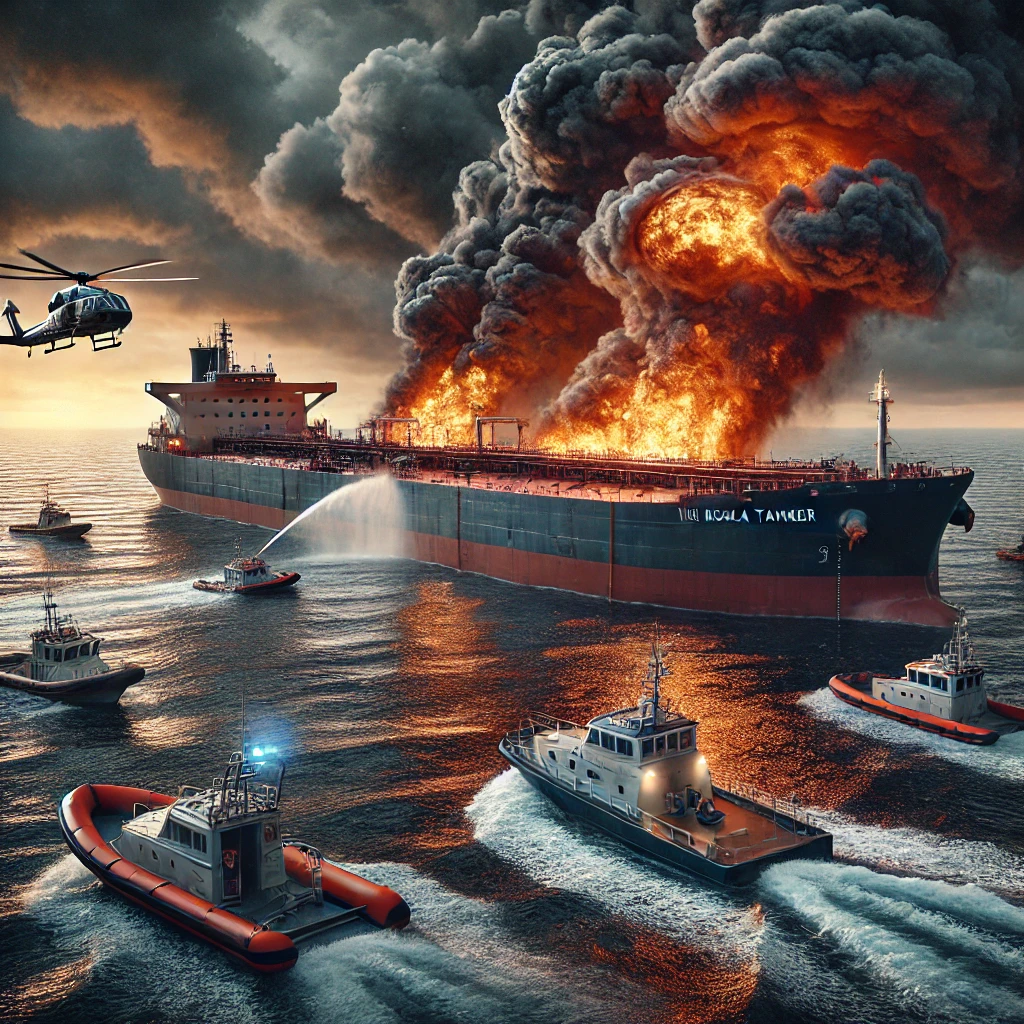
If the three holes in the Koala tanker in Ust-Luga are the result of sabotage, the following versions can be put forward as the most logical. External impact. The tanker was moored in Malta on January 19. This anchorage could have been used to mine the hull in the engine room area with the help of combat swimmers. In such a scenario, the ship dragged the mines on itself to the port, loaded with fuel oil and was remotely detonated. We note that on January 4, the AFU unsuccessfully attacked Ust-Luga with UAVs. The intention is demonstrated.
The main argument against this version is the heavy environmental damage along the coast of Ukraine’s most faithful allies – Finland, Estonia, Latvia (and indeed all countries on the Baltic coast). There were more than 100,000 tons of fuel oil on board the tanker at that time. But the holes were made in the engine room, the tanks with fuel were not damaged. The Koala’s draft was 9 meters – it just sat on the ground near the wall, this is quite a safe outcome.
The purpose of such an act could have been a demonstration of capabilities and a specific warning to Moscow about the likely paths of the conflict. It more closely resembles a hybrid warfare scenario. The tanker will be repaired and take the cargo to its destination. But the Russian Navy’s efforts should be atomized to the entire shadow tanker fleet.
The probability of an attack by uncrewed vessels as in the Black Sea is low – the GSD does not have an operational base in the Baltic. The water area is stably controlled by NATO and such pranks (the risk of environmental disaster in a dozen friendly countries at once) without the knowledge of the allies will lead to a completely unnecessary conflict with them.
There is a possibility of detonation of devices carried on board by a GSD agent. When the Russian transport Ursa Major was sunk in the Mediterranean Sea as a result of sabotage before New Year’s, three explosions were also heard in the engine room. At that time, observers also considered the version of an undercover operation and both ships entered Russian ports in the Gulf of Finland. But this is the most difficult way, given the security, videotaping of the work and the vigilance of the sailors (they tend to go on with their lives).
The attack on the Ursa Major near Cartagena envisioned a base of operations for the maritime saboteurs on the almost uncontrolled coasts of Morocco, Libya or Algeria. Note that the Koala anchorage in Malta also falls within these waters. Whether the three explosions in the engine room area of the Ursa Major and Koala attack are just a coincidence, the investigation will show. But so far there are considerably fewer considerations in favor of a man-made catastrophe.

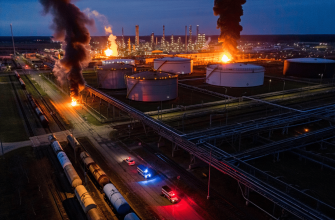
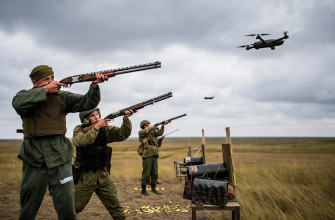
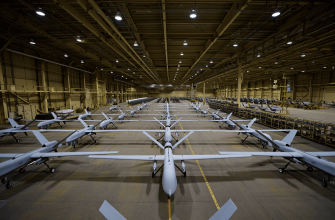
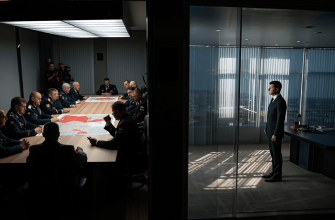

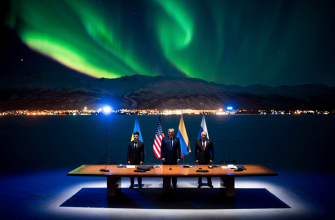
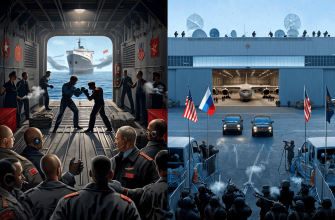

This article really sheds light on the complexity and risks involved in maritime security today 🌊🚢 It’s fascinating how a single incident can reveal so many layers of strategy, politics, and environmental concerns. The idea of hybrid warfare playing out on the seas is both scary and eye-opening, showing that conflicts now extend far beyond traditional battlefields. It makes me appreciate the vigilance and courage of those who work to keep these waters safe and highlights how fragile our interconnected world can be 🌍💡
This article really sheds light on how complex and delicate maritime security is, especially in such a strategically important region 🌊🛳️. The idea that these attacks could be warnings or part of hybrid warfare tactics shows just how tense the situation is beneath the surface. It’s fascinating and worrying to think about how much effort, technology, and risk goes into these operations without causing disastrous environmental damage 🌍⚠️. Looking forward to seeing how the investigation unfolds and hoping for more peaceful seas ahead.
This analysis highlights the complexity of naval sabotage in a highly controlled and politically sensitive environment. The possibility of underwater mines or planted explosives points to sophisticated operational capabilities and the high stakes involved in maritime security around conflict zones. It’s interesting how the article balances the geopolitical implications with the technical aspects of the attacks, especially considering the potential environmental consequences if the fuel tanks had been breached. The mention of hybrid warfare strategies really underlines how modern conflicts extend beyond traditional battlefields 🌍⚓.
This analysis really highlights the complex and shadowy nature of modern conflicts at sea 🌊🤔. It’s fascinating how every detail, from the ship’s draft to geopolitical alliances, plays a role in understanding what might have happened. The idea of hybrid warfare and the use of sabotage as a warning shows how nuanced and strategic these actions can be. It’s a reminder of how fragile peace can be, even in places we might think are safe. Staying informed about these incidents definitely makes you appreciate the careful balance that must be maintained in international waters ⚓️🌍.
Reading this makes me think that if saboteurs are out there planting explosives with stealth and precision, maybe they should consider a career in event planning instead—because orchestrating tricky underwater explosions sounds like the ultimate test of coordination and nerves! Also, the idea that the tanker just sat on the bottom like a giant metal cat napping strikes me as both a relief and a little amusing. If only all disasters could end so quietly without turning into soap operas of international drama.
This article really sheds light on the complexity of naval sabotage and the geopolitical tensions involved. It’s interesting how the damage was controlled to avoid environmental disasters, which seems more like a warning than an act purely meant to cause harm. The possibility of covert operations working in such well-guarded waters shows how strategic and risky these moves are. Definitely a reminder of how fragile and complicated these maritime conflicts can be 🌊🤔
This analysis really highlights how complex and risky maritime sabotage operations can be, especially with so many geopolitical factors involved. The idea of hybrid warfare tactics being used in these waters is quite unsettling 🌊.
Reading this makes me wonder if tankers have become the new laser tag arena for international spies. Three explosions here, a suspicious hole there—it’s like the ocean’s version of a reality TV show where no one’s quite sure who’s winning, but everyone’s on edge. I just hope the next chapter doesn’t involve dolphins delivering secret messages or submarines pop-quizzing each other on their cooking skills.
Reading this made me realize how even tankers have more drama than some reality TV shows. Three holes, mysterious explosions, and shadow fleets sound like the start of a spy novel, not a maritime incident. Also, the idea that these sabotage attempts could cause environmental disasters across several countries is like a very expensive game of Risk gone wrong. At least the Koala decided to stay grounded and avoid sinking, maybe it just wanted a timeout from all the chaos. Hope the investigators get to the bottom of this before anyone tries turning tankers into the next blockbuster franchise!
The analysis of the Koala tanker incident presents a detailed and balanced view of the potential sabotage scenarios. The point about the holes being limited to the engine room and sparing the fuel tanks is particularly compelling, as it suggests a calculated action designed to send a message rather than cause a major environmental disaster. The comparison with the Ursa Major case adds depth, highlighting how such attacks may follow a pattern and involve sophisticated planning, possibly using covert bases in less monitored regions. The speculation that this could be part of hybrid warfare rather than a direct military engagement reflects the complex nature of modern conflicts and the increasing use of unconventional tactics. It will indeed be important to see how investigations develop and whether more concrete evidence can clarify the motivations and actors behind these incidents.
This analysis provides a thoughtful look at the complexity of maritime sabotage and the geopolitical implications involved. The emphasis on environmental risks and the control of the Baltic Sea by NATO highlights how delicate and dangerous these situations can be for multiple countries at once. It’s interesting to consider how hybrid warfare tactics extend beyond traditional battlefields and affect global trade routes and energy security. The comparison with the Ursa Major incident adds depth to the discussion, showing a possible pattern in covert operations. 🌊🤔
If this is a demonstration of hybrid warfare, then I’m starting to think I should invest in a submarine just to keep my lawn safe. Who knew that tankers and sabotage could be so suspenseful? I mean, if the holes were only in the engine room and not the fuel tanks, maybe the saboteurs were just bad at aiming or really wanted to give the ship a time-out instead of sinking it. It’s like an aggressive “don’t mess with us” tap on the shoulder, but with explosions. Next thing you know, we’ll have paintball wars on the high seas disguised as military operations.
Sabotage or not, these tanker tales prove even ships have drama🎭⚓️💥 Waiting for the sequel!
This analysis highlights the complexity and risks of hybrid warfare in maritime zones, emphasizing the need for vigilance and cooperation to protect vital transport routes from covert threats.
The analysis raises important points about the complexity of sabotage scenarios and the unlikely use of uncrewed vessels in tightly controlled waters 🚢. The possibility of internal agents carrying out attacks adds a troubling layer to maritime security concerns ⚠️. It’s crucial to understand these incidents beyond surface assumptions to grasp the geopolitical signals being sent 🌍.
The theory of onboard sabotage by a GSD agent aligns with the repeated engine room detonations on both vessels, suggesting a covert operation rather than blunt external impact ⚓️. Hybrid warfare tactics here strategically avoid mass environmental damage while signaling operational capability 🚢. Environmental risks make external mining less plausible 🌊.
Oh sure, a “safe” sabotage that totally spares the 100,000 tons of fuel oil from spilling—because everyone knows explosions only hit the engine room 🎯